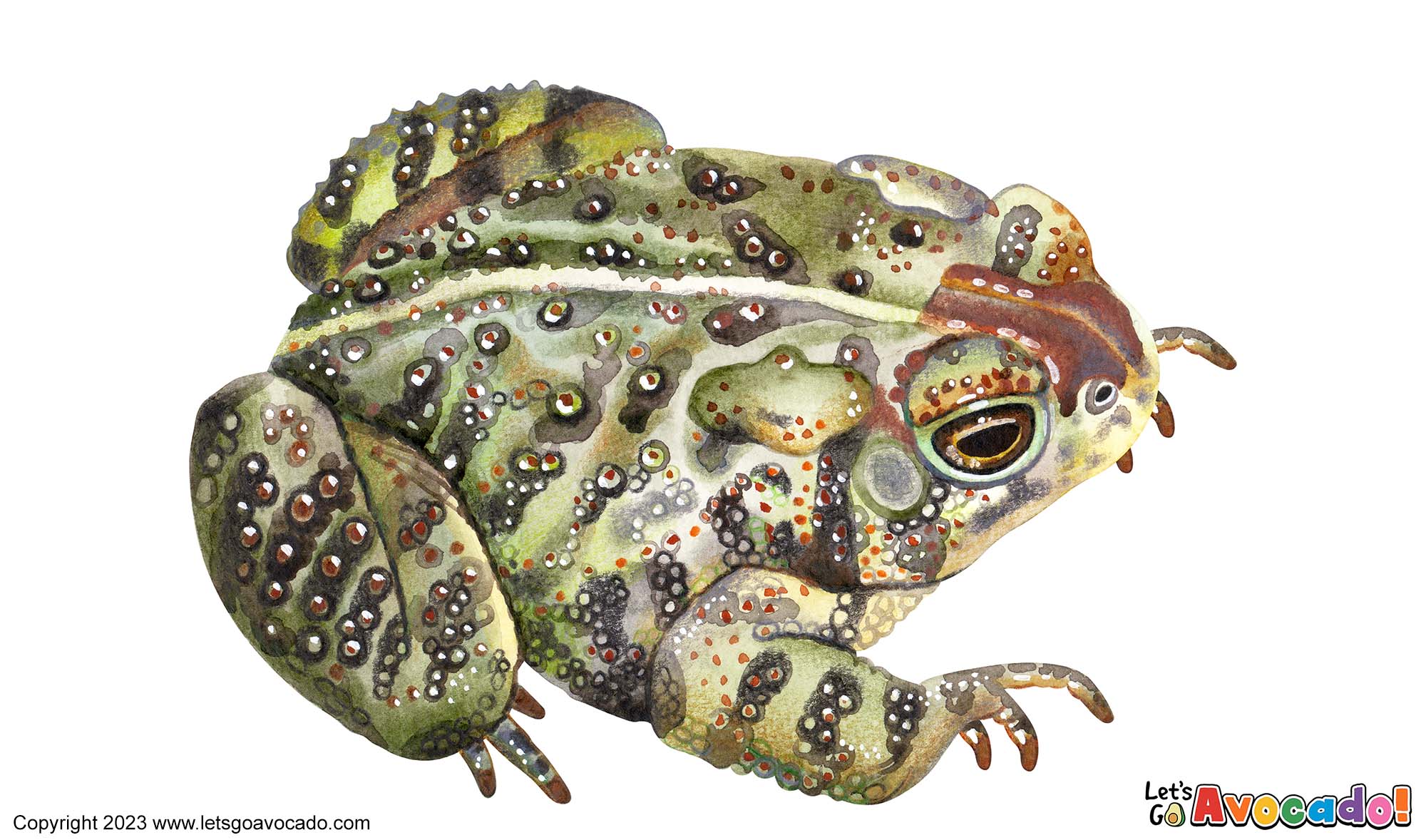

Canadian Toad
Western Toad
Anaxyrus hemiophrys
This page may contain affiliate links.
Read our disclosure and privacy policy here.
The Canadian Toad, also known as the Western Toad, is an amphibian found in western parts of North America. It inhabits diverse habitats such as forests, grasslands, and wetlands, and can often be found near water bodies. During the breeding season, males produce a distinctive call to attract females. Canadian Toads have relatively long lifespans compared to other amphibians. In the wild, they can live up to 10-15 years, and some individuals have been known to reach even older ages. Their longevity allows them to play an important role in their ecosystemsAn ecosystem is a community of living organisms, like insects and birds, and non-living components, like water and rocks, that interact with each other in a specific area. Learn More over an extended period, contributing to nutrient cycling and serving as a food source for various predators.
Canadian Toad
Common Name
Other Names
Latin Name
Distribution
Appearance
Size
Habitat
Behavior
Diet
Lifecycle
Vocalization
Defense Mechanisms
Ecological Importance
Conservation Status

There’s a lot to explore right where we are, in our own neighborhoods and backyards! Join us while we get off the couch and explore the everyday wonders of nature, science, space, engineering, art, and anything else we stumble upon during on our adventures.







